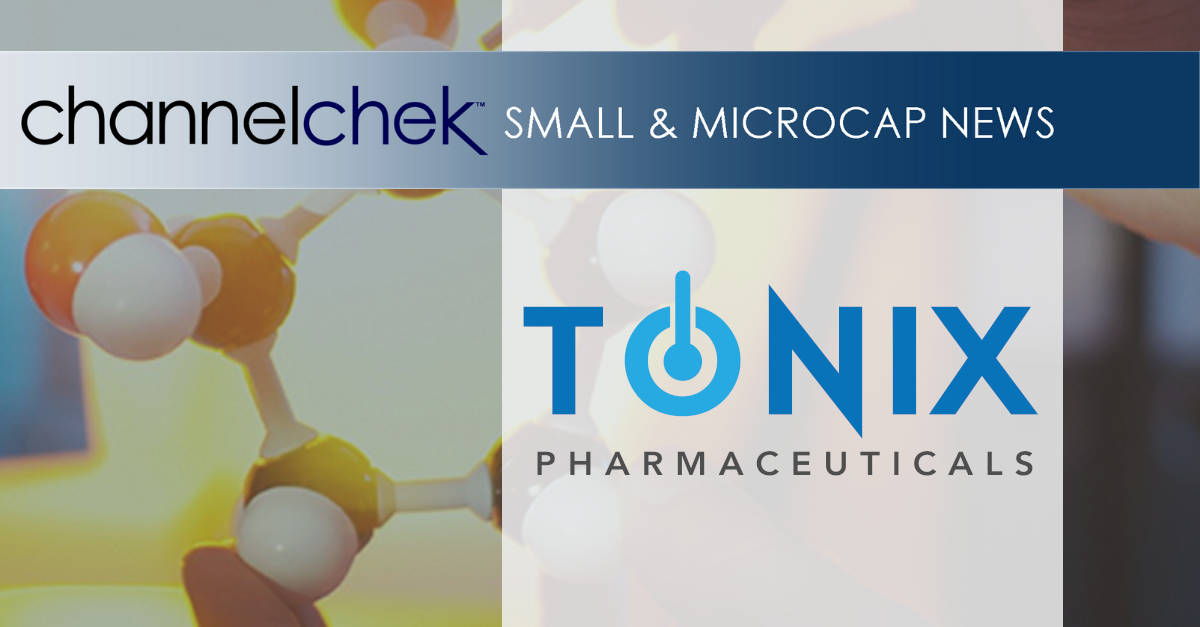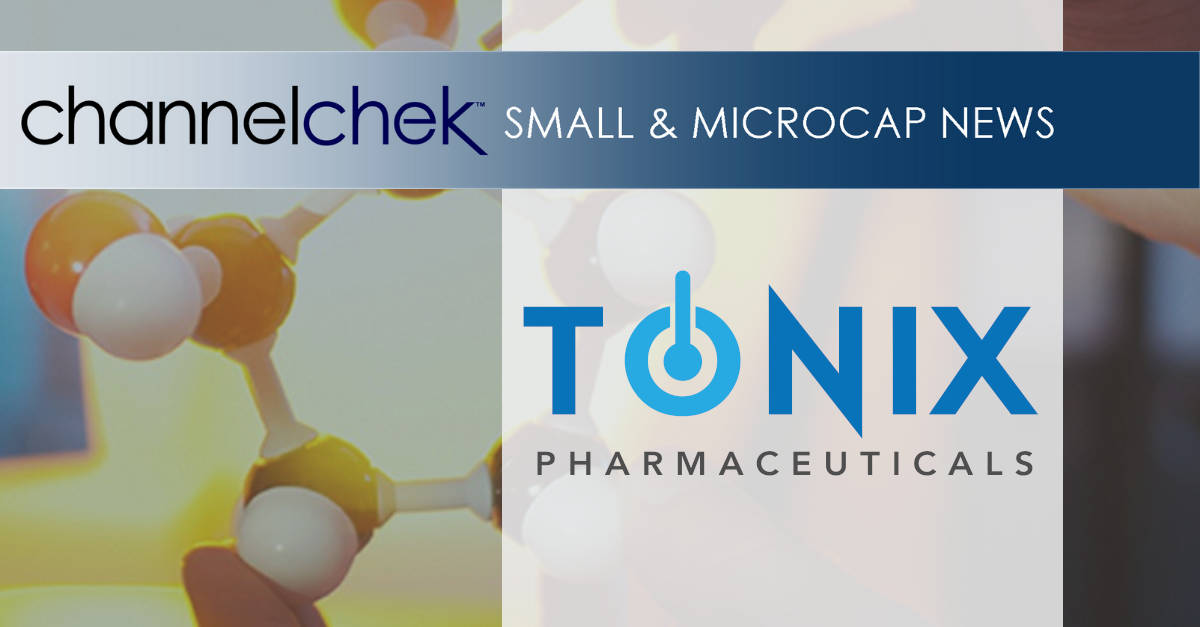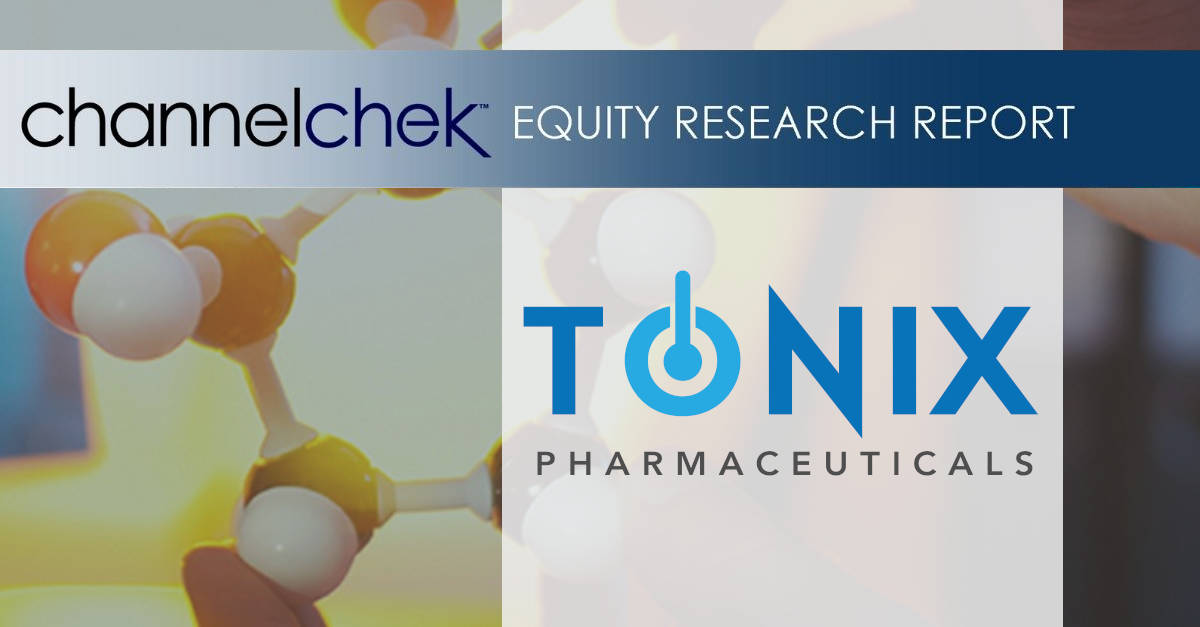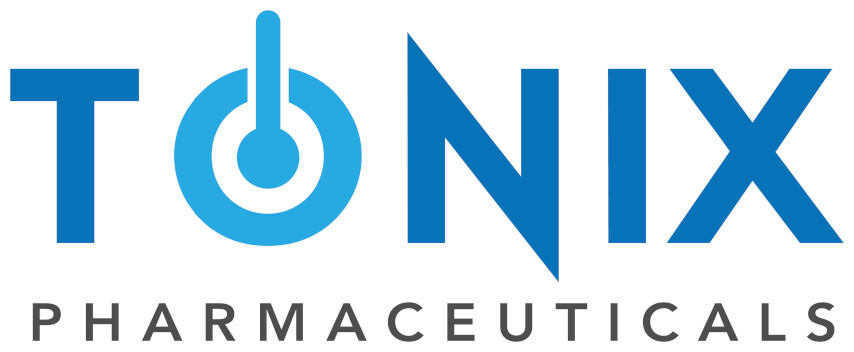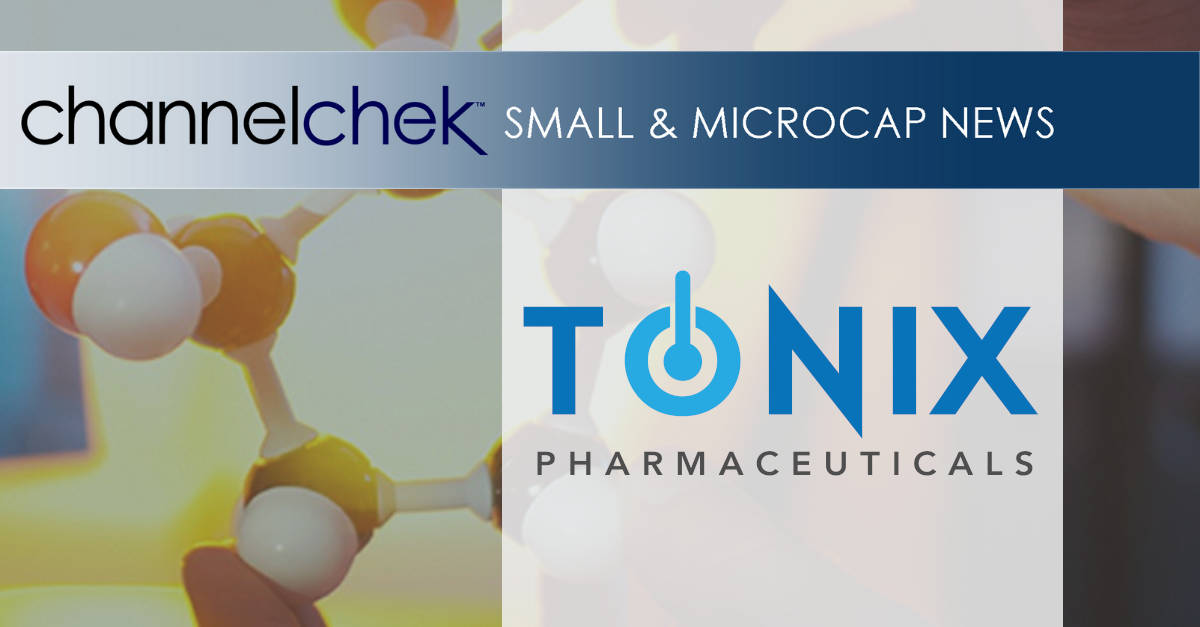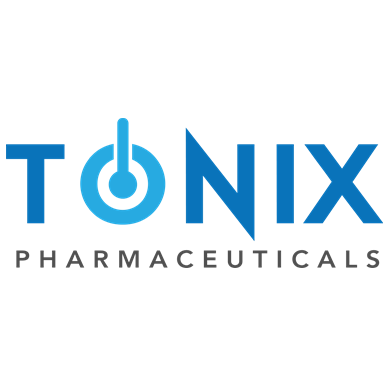
Research News and Market Data on TNXP
March 28, 2024 9:32am EDTDownload as PDF
CHATHAM, N.J., March 28, 2024 (GLOBE NEWSWIRE) — Tonix Pharmaceuticals Holding Corp. (Nasdaq: TNXP) (“Tonix” or the “Company”), a biopharmaceutical company, today announced it has entered into a securities purchase agreement with existing healthcare focused institutional investors of the Company for the purchase and sale of 14,666,666 shares of its common stock (or common stock equivalents in lieu thereof) and warrants to purchase up to an aggregate of 14,666,666 shares of common stock in a registered direct offering at a combined offering price of $0.30 per share and accompanying warrant. The warrants have an exercise price of $0.33 per share, will be exercisable commencing six months from the date of issuance and will expire five and one-half years following the date of issuance. The closing of the offering is expected to take place on or about April 1, 2024, subject to the satisfaction of customary closing conditions.
The gross proceeds of the offering will be approximately $4.4 million before deducting placement agent fees and other estimated offering expenses payable by the Company. The Company intends to use the net proceeds from the offering for working capital and general corporate purposes, as well as for the satisfaction of a portion of the Company’s debt.
A.G.P./Alliance Global Partners is acting as sole placement agent for the offering.
In connection with this offering, the Company has also agreed that certain existing warrants issued in August 2023 to purchase up to an aggregate of 6,950,000 shares at an exercise price of $1.00 per share and a termination date of August 2028, will be amended, so that the amended warrants will have a reduced exercise price of $0.33 per share and a termination date of April 2029. The company has further agreed that certain existing warrants issued in October 2023 to purchase up to an aggregate of approximately 17,800,000 shares with an exercise price of $0.50 per share and termination dates ranging from October 2024 to October 2028, will be amended, so that the amended warrants will have a reduced exercise price of $0.33 per share and a termination date of April 2025 and April 2029, respectively. The company has further agreed that certain existing Series C and Series D warrants issued in December 2023 to purchase up to an aggregate of 69,647,856 shares with respective exercise prices ranging from $0.55 to $0.85 per share and termination dates ranging from December 2025 to December 2028, will be amended, so that the amended warrants will have a reduced exercise price of $0.33 per share and a termination date equal to the earlier of April 2026 and 10 trading days following notice by the Company to the warrant holder of the Company’s public announcement of the U.S. Food and Drug Administration’s acknowledgement and acceptance of the Company’s new drug application relating to TNX-102 SL in patients with Fibromyalgia for the Series C warrants and April 2029 for the Series D warrants. All of the amendments to the August 2023, October 2023 and December 2023 warrants are subject to shareholder approval, if shareholder approval is not received on or before the six-month anniversary of the closing of this offering, such existing warrants will have an exercise price equal to the Nasdaq minimum price on the six-month anniversary of the closing of this offering. The other terms of such warrants will remain unchanged.
This offering is being made pursuant to an effective shelf registration statement on Form S-3 (File No. 333-266982) previously filed with the U.S. Securities and Exchange Commission (the “SEC”). A prospectus supplement describing the terms of the proposed Offering will be filed with the SEC and will be available on the SEC’s website located at http://www.sec.gov. Electronic copies of the prospectus supplement may be obtained, when available, from A.G.P./Alliance Global Partners, 590 Madison Avenue, 28th Floor, New York, NY 10022, or by telephone at (212) 624-2060, or by email at prospectus@allianceg.com.
This press release shall not constitute an offer to sell or a solicitation of an offer to buy these securities, nor shall there be any sale of these securities in any state or other jurisdiction in which such offer, solicitation or sale would be unlawful prior to registration or qualification under the securities laws of any such state or other jurisdiction.
Tonix Pharmaceuticals Holding Corp.*
Tonix is a biopharmaceutical company focused on developing, licensing and commercializing therapeutics to treat and prevent human disease and alleviate suffering. Tonix’s development portfolio is focused on central nervous system (CNS) disorders. Tonix’s priority is to submit a New Drug Application (NDA) to the FDA in the second half of 2024 for Tonmya, a product candidate for which two positive Phase 3 studies have been completed for the management of fibromyalgia. TNX-102 SL is also being developed to treat acute stress reaction as well as fibromyalgia-type Long COVID. Tonix’s CNS portfolio includes TNX-1300 (cocaine esterase) a biologic designed to treat cocaine intoxication with Breakthrough Therapy designation. Tonix’s immunology development portfolio consists of biologics to address organ transplant rejection, autoimmunity and cancer, including TNX-1500, which is a humanized monoclonal antibody targeting CD40-ligand (CD40L or CD154) being developed for the prevention of allograft rejection and for the treatment of autoimmune diseases. Tonix also has product candidates in development in the areas of rare disease and infectious disease. Tonix Medicines, our commercial subsidiary, markets Zembrace® SymTouch® (sumatriptan injection) 3 mg and Tosymra® (sumatriptan nasal spray) 10 mg for the treatment of acute migraine with or without aura in adults.
*Tonix’s product development candidates are investigational new drugs or biologics and have not been approved for any indication. Tonmya™ is conditionally accepted by the U.S. Food and Drug Administration as the tradename for TNX-102 SL for the management of fibromyalgia.
Zembrace SymTouch and Tosymra are registered trademarks of Tonix Medicines. All other marks are property of their respective owners.
This press release and further information about Tonix can be found at www.tonixpharma.com.
Forward Looking Statements
Certain statements in this press release are forward-looking within the meaning of the Private Securities Litigation Reform Act of 1995 including those relating to the completion of the offering, the satisfaction of customary closing conditions, the intended use of proceeds from the offering and other statement that are predictive in nature. These statements may be identified by the use of forward-looking words such as “anticipate,” “believe,” “forecast,” “estimate,” “expect,” and “intend,” among others. These forward-looking statements are based on Tonix’s current expectations and actual results could differ materially. There are a number of factors that could cause actual events to differ materially from those indicated by such forward-looking statements. These factors include, but are not limited to, risks related to the failure to obtain FDA clearances or approvals and noncompliance with FDA regulations; risks related to the failure to successfully market any of our products; risks related to the timing and progress of clinical development of our product candidates; our need for additional financing; uncertainties of patent protection and litigation; uncertainties of government or third party payor reimbursement; limited research and development efforts and dependence upon third parties; and substantial competition. As with any pharmaceutical under development, there are significant risks in the development, regulatory approval and commercialization of new products. Tonix does not undertake an obligation to update or revise any forward-looking statement. Investors should read the risk factors set forth in the Annual Report on Form 10-K for the year ended December 31, 2022, as filed with the Securities and Exchange Commission (the “SEC”) on March 13, 2023, and periodic reports filed with the SEC on or after the date thereof. All of Tonix’s forward-looking statements are expressly qualified by all such risk factors and other cautionary statements. The information set forth herein speaks only as of the date thereof.
Investor Contact
Jessica Morris
Tonix Pharmaceuticals
investor.relations@tonixpharma.com
(862) 904-8182
Peter Vozzo
ICR Westwicke
peter.vozzo@westwicke.com
(443) 213-0505
Media Contact
Ben Shannon
ICR Westwicke
ben.shannon@westwicke.com
(919) 360-3039
Source: Tonix Pharmaceuticals Holding Corp.
Released March 28, 2024
